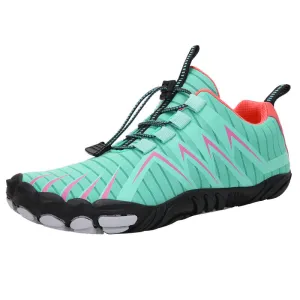Recreation Facility Management begins by defining the characteristics and expectations of the profession. It discusses the facility design and development process, including assessing needs, planning, reading blueprints, and securing funding. Topics such as facility resource management, financial issues, and human resources are explored in depth. The text then tackles strategies for utilizing facilities in a safe and efficient manner, addressing safety and security, maintenance, and emergency preparedness and response plans. Finally, a detailed examination of the operation of common types of recreation facilities is offered alongside coverage of national industry standards and guidelines.
Content updates to the second edition include a new chapter on ancillary space design with a focus on sustainability and technology updates as well as accessible design. A chapter was also added to address larger-scale recreational sport events and outdoor facilities. Recreation Facility Management also includes new enhancements to help students apply and retain important information:
- Learning aids, including chapter objectives, review questions, and summary elements, help to facilitate learning.
- Case studies provide real scenarios and related discussion questions to help students better understand the material. Sample answers to the questions are provided in the instructor guide.
- Industry Profile features offer real-world examples from the field.
- Check It Out elements call out special content to help engage readers.
- Online materials include learning activities as well as checklists and forms from the files of actual facility managers.

 Cart(
Cart(










